Where is Gal Oya National Park
Gal Oya National Park in Sri Lanka was established in 1954 and serves as the main catchment area for Senanayake Samudraya, the largest reservoir in Sri Lanka.
Senanayake Samudraya was built under the Gal Oya development project by damming the Gal Oya at Inginiyagala in 1950.
An important feature of the Gal Oya National Park is its elephant herd that can be seen throughout the year. Three important herbs of the Ayurveda medicine, triphala: Terminalia chebula, Terminalia bellirica and Emblica officinalis are amongst the notable flora of the forest.
From 1954 to 1965 the park was administrated by the Gal Oya Development Board until the Department of Wildlife Conservation took over administration. The national park is situated 314 km (195 mi) from Colombo.
The Gal Oya National Park was established in 1954 and serves as the main catchment area for Senanayake Samudraya, the largest reservoir in Sri Lanka. An important feature of the park is its elephant herd that can be seen throughout the year.
Associated Protected Areas
To protect the catchment areas of Senanayake Samudraya and other reservoirs, the Gal Oya Development Board established several protected areas.
This also helped to prevent soil erosion caused by villagers’ burning of Thalawa grassland. Gal Oya National Park, Senanayake Samudraya Sanctuary, Gal Oya valley north-east Sanctuary, and Gal Oya valley south-east Sanctuary were established in 1954.
These four reserves cover a total of 63,000 ha of land. Among the department’s responsibilities are the administration and protection of the four protected areas, the reduction of human-elephant clashes, and the enforcement of the flora and fauna ordinance.
Rangers are stationed at four different locations: Inginiyagala, Mullegama, Nilgala, and Baduluwela. The Buddhangala Sanctuary was also designated in 1974.
Buddhangala is a monastery in the nearby Malwattai area with ruins of a stupa and other buildings.
The Gal Oya Development Board was established in 1954 to protect the catchment areas of Senanayake Samudraya and other reservoirs. Rangers are stationed at four different locations: Inginiyagala, Mullegama, Nilgala, and Baduluwela.
Features of Gal Oya National Park
The park’s elevation ranges from 30 to 900 meters. The park’s mountains are Danigala, Nilgala, and Ulpotha. The North-eastern monsoon brings rain, with an average annual rainfall of 1,700 millimeters (66.93 in).
Crossing the Senanayake Samudraya by boat from Inginiyagala is another option for getting to the National Park.
Bird’s Island in the reservoir is a nesting island for birds. Water flows in a natural tunnel known as Makara Kata (Sinhalese for dragon’s mouth) or simply Makara where Gal Oya falls into the reservoir.
Thousands of pilgrims visit the Dighavapi stupa, which is also in the area, each year.
The stupa was constructed in the second century BC on the site where Buddha is said to have meditated during his third visit to Sri Lanka.
Danigala is historically significant because it was the home of the Henebadde Veddas. Brahmi inscriptions can be found on a rock near the Henebedde cave.
The park’s elevation ranges from 30 to 900 meters. Thousands of pilgrims visit the Dighavapi stupa, which is also in the area, each year.
Flora and Fauna Diversity of Gal Oya National Park
The forest’s vegetation is divided into three types: forest, shrub, and grassland.
The national park contains a large area of Thalawa grasslands (savannah grasslands in Sinhalese) and pathana grasslands (mountainous grasslands).
The rough grass species Cymbopogon nardus (“mana”) and Imperata cylindrica dominate the Thalawa grassland (“iluk”).
The burnt thalawa grasslands are known as the Damana grasslands, and villagers use them for cattle grazing.
The forest also contains medicinal plants such as Pterocarpus marsupium, Careya arborea, and Cassia fistula. The most common floral species are Berrya cordifolia, longan, Mangifera zeylanica, Diospyros spp., Ziziphus spp., and Mallotus repandus (“wal keppetiya”).
The park has been home to 32 terrestrial mammals.
Among them are the Sri Lankan elephant, the Sri Lankan axis deer, the muntjac, the water buffalo, the Sri Lankan sambar deer, the Sri Lanka leopard, the toque monkey, and the wild boar.
The mugger crocodile and star tortoise are two of the park’s reptile species. More than 150 bird species have been identified in Gal Oya.
Some of the park’s resident birds include the lesser adjutant, spot-billed pelican, and red-faced malkoha. The Senanayake reservoir’s common water birds include the Indian cormorant, Oriental darter, grey heron, and lesser whistling ducks.
The area’s notable raptors include the white-bellied sea eagle and the grey-headed fish eagle. Among the butterfly species found in Gal Oya National Park is the endemic lesser albatross.
Gal Oya National Park is one of Sri Lanka’s most biodiverse national parks. The forest’s vegetation is divided into three types: forest, shrub, and grassland. Some of the park’s resident birds include the lesser adjutant, spot-billed pelican, and malkoha.
Threats and Conservation
Illegal logging has resulted in the clearing of 30 acres (120,000 m2) of forest. The smuggling of medicinal plants has also been documented.
Due to a lack of ranger staff, it has been difficult to prevent these crimes. The Department of Wildlife Conservation’s actions were criticized after the department failed to send a veterinary surgeon to treat an injured elephant.
A jungle corridor has been proposed between the national parks of Gal Oya and Maduru Oya.
A jungle corridor has been proposed between the national parks of Gal Oy and Maduru Oya. The Department of Wildlife Conservation was criticized after failing to send a veterinary surgeon to treat an injured elephant.
Conclusion
In conclusion, Lunugamvehera National Park in Sri Lanka is a stunning destination that offers visitors a chance to experience the island’s natural beauty and wildlife in a unique and unforgettable way. With its diverse landscapes, rare wildlife, and ancient ruins, this park is a must-visit destination for nature and history enthusiasts alike.
At Ceylon Wild Tours, we are dedicated to helping visitors experience the very best of Sri Lanka’s natural beauty and wildlife, and Lunugamvehera National Park is certainly no exception. Our expert guides are passionate about sharing their knowledge and expertise, and ensuring that every visitor has a truly unforgettable experience.
Whether you’re interested in exploring the park’s ancient ruins, embarking on a thrilling safari adventure, or simply taking in the stunning natural beauty of the area, Lunugamvehera National Park has something to offer everyone.
So why not plan your visit to Lunugamvehera National Park today and discover the wonders of this breathtaking destination? With Ceylon Wild Tours, you can rest assured that you’ll have a trip of a lifetime, filled with unforgettable memories and experiences that will last a lifetime.
Image Credit:https://www.tlc.lk/

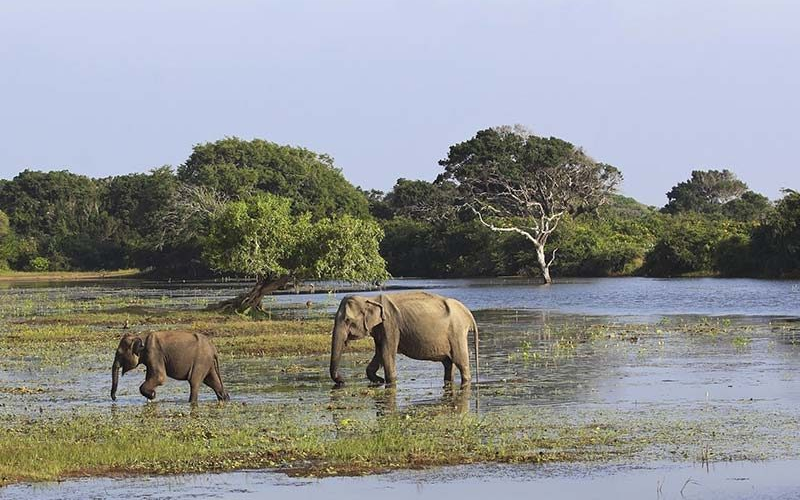




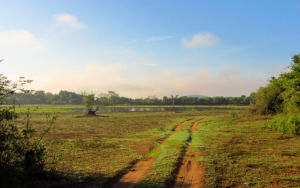
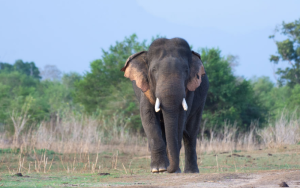
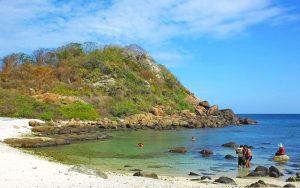
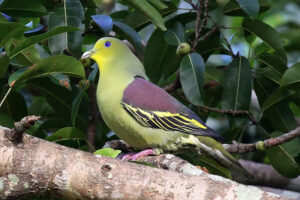
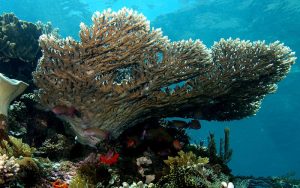

5 thoughts on “Gal Oya National Park | Sri Lanka”
Holy cow! I’m in awe of the author’s writing skills and capability to convey intricate concepts in a clear and clear manner. This article is a real treasure that earns all the praise it can get. Thank you so much, author, for providing your wisdom and providing us with such a precious asset. I’m truly thankful!
Thanks for sharing excellent informations. Your web site is very cool. I am impressed by the details that you?ve on this blog. It reveals how nicely you perceive this subject. Bookmarked this web page, will come back for extra articles. You, my pal, ROCK! I found just the information I already searched all over the place and simply couldn’t come across. What an ideal web site.
I do consider all of the concepts you’ve offered in your post. They are really convincing and can certainly work. Nonetheless, the posts are very brief for novices. Could you please extend them a little from next time? Thanks for the post.
You really make it appear really easy along with your presentation but I to find this topic to be actually something which I think I’d never understand. It seems too complicated and very huge for me. I am looking forward for your subsequent put up, I?ll attempt to get the hold of it!
This article opened my eyes, I can feel your mood, your thoughts, it seems very wonderful. I hope to see more articles like this. thanks for sharing.